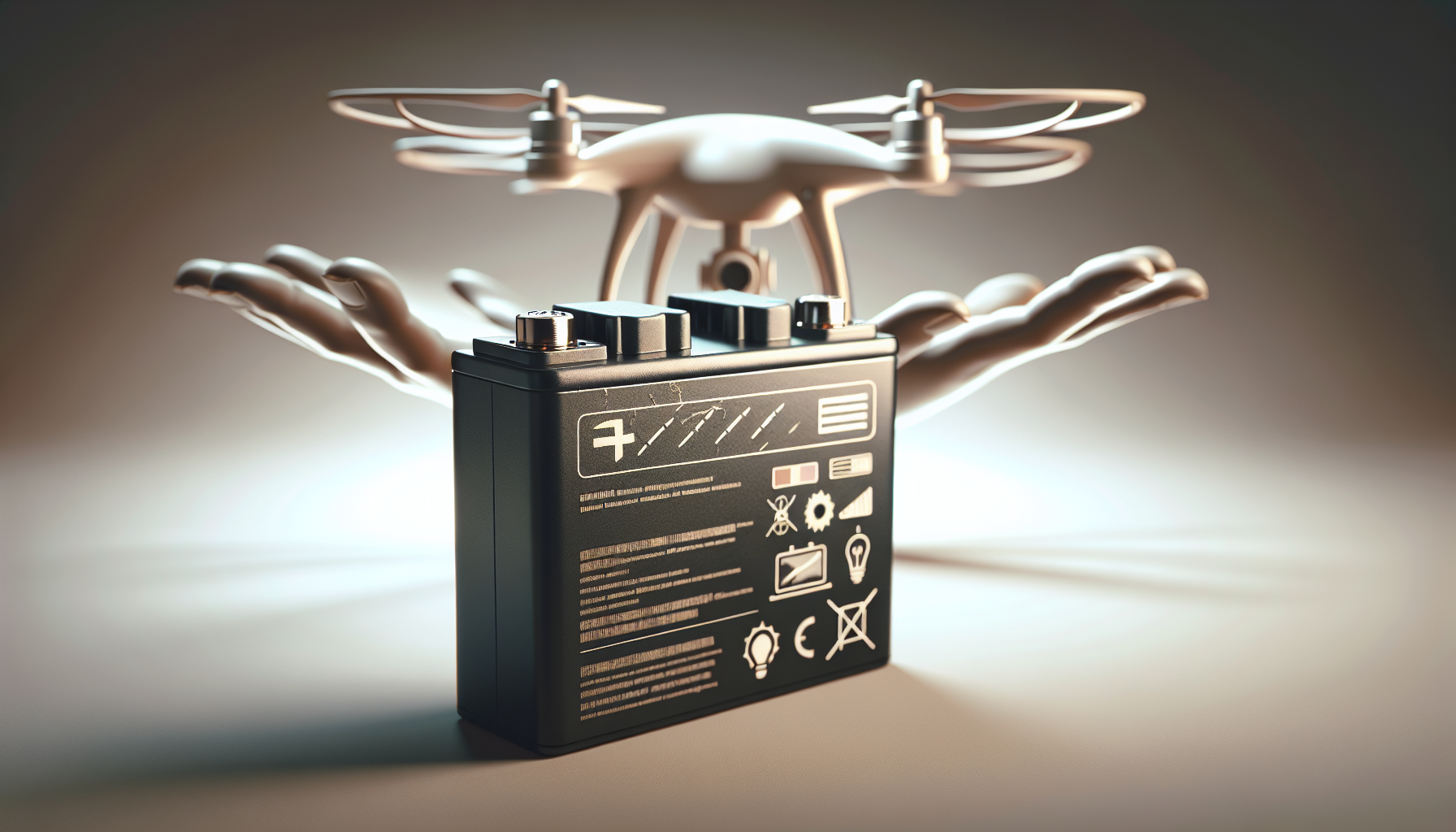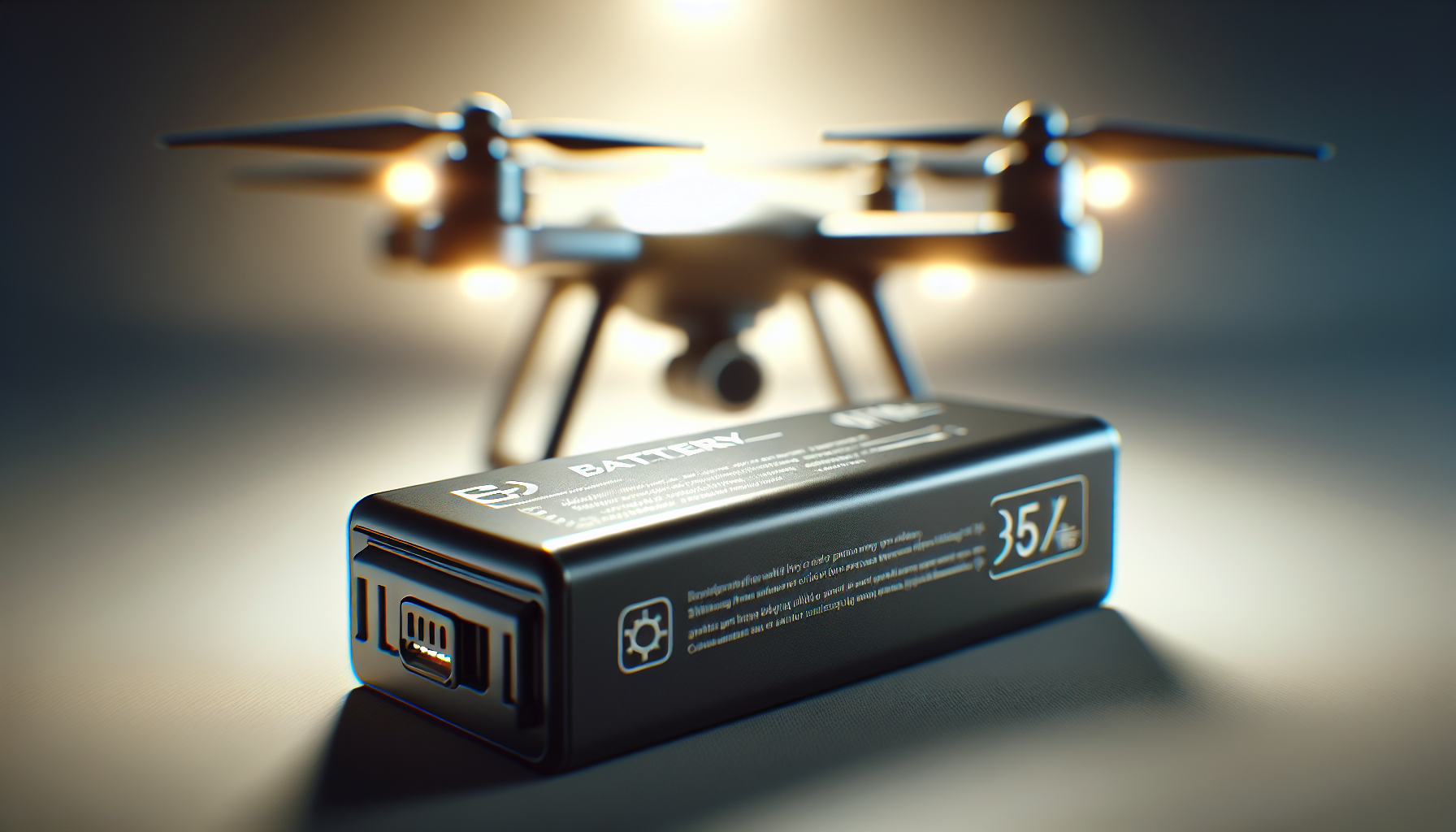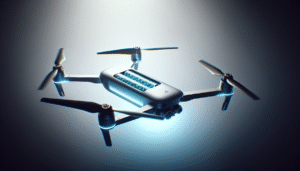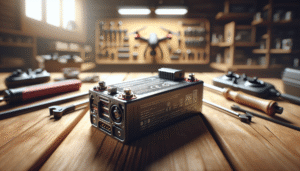Caught mid-flight, nervously eyeing the horizon as your drone wobbles, wondering if it’s going to make it back to you? If that sounds familiar, your drone’s battery might be nearing the end of its life.
Drones are incredible tools—capturing stunning aerial views and executing precise maneuvers. But behind every smooth flight is a battery working hard to keep things airborne. Understanding when it’s time to replace your power pack is essential. Let’s explore seven key warning signs that signal it’s time to upgrade and keep your drone flying safely and efficiently.

Understanding Drone Battery Basics
Before I share the warning signs, it’s essential to grasp some battery basics. The majority of drones use Lithium Polymer (LiPo) batteries. They’re light, powerful, and efficient but come with their quirks. LiPos demand care, and neglecting them can lead to diminished performance or even the dreaded “puffy battery” phenomenon. Simply put, respecting the battery’s characteristics can prolong its life and avert potential disasters.
The Anatomy of a Drone Battery
Understanding how a battery works can be akin to learning how a magician performs tricks. Let’s break it down. A drone battery typically consists of several cells — 2S, 3S, and even 6S configurations are common, where the ‘S’ stands for ‘series.’ The number denotes how many cells are in series. Think of it as a team effort; each cell contributes to the overall power and capability of the drone.
Characteristics of Lithium Polymer Batteries
LiPo batteries have a reputation for their high power-to-weight ratio. This enables drones to achieve remarkable speeds and heights. However, they’re also sensitive. They require specific charging equipment and environmental conditions. Charging them below freezing or overcharging can lead to irreversible damage. It’s like taking care of a pet; they need the right food, sleep, and temperature to thrive.
Sign #1: Decreased Flight Time
One of the most apparent signs is when your drone’s flight time noticeably reduces. If you’re accustomed to capturing an epic 30-minute sunset and suddenly find your drone sputtering back to you halfway through, it’s likely time to scrutinize that battery.
Factors Contributing to Reduced Flight Time
Over time, all batteries degrade. Wear and tear from repeated charge cycles, improper storage, and high-drain applications can conspire to shorten your flight time. Like a detective piecing together clues, understanding these factors can help you pinpoint why your drone is tiring faster than before.
How to Accurately Measure Flight Time
To keep track of flight time, I recommend taking notes or using flight apps that log information. Monitoring these stats can provide a clear trend, showing if your drone’s stamina is faltering. Knowledge here is power — it lets you prepare and plan rather than surprise landing on Aunt Marge’s precious azaleas.
Sign #2: Puffy Batteries
A swelling battery, affectionately known as a “puffy” battery, is a definite red flag. If your battery looks like it gained a few pounds after Thanksgiving, handle it with caution.
Causes of Battery Swelling
Battery swelling is typically due to gas buildup from the breakdown of the internal cell structure. Think of it as overeating — if a battery is constantly charged at high voltages or discharged too rapidly, internally it feels the pressure.
Safety Measures for Swollen Batteries
Under no circumstances should a swollen LiPo be used. It’s best to safely dispose of them at a recycling center rather than risk an accidental fire. Treat them like expired milk; don’t test fate by taking a chance with their integrity.

Sign #3: Physical Damage
Drones, much like toddlers, sometimes behave unceremoniously. Crashes, bumps, and unpleasant weather can result in physical wear. If you notice any dents or scratches, it’s worth investigating further.
Visual Inspection and Maintenance
Regularly inspect your battery for signs of physical damage. Tiny dimples or scratches might seem harmless, but in the world of LiPos, they can be catastrophic. Like maintaining a classic car, careful inspection ensures longevity.
Protecting Your Investment
Simple practices, such as using soft landing pads and avoiding rocky terrains, can save you much grief. Also, encase your batteries in protective housings to mitigate impact damage. Prevention is better than a costly cure.
Sign #4: Unstable Voltage Readings
If your drone’s display twitches with erratic voltage readings, your battery might be the underlying culprit.
Understanding Voltage Fluctuations
Stable voltage is essential for consistent performance. When voltage lags, or spikes occur, it can indicate that the battery’s cells aren’t functioning harmoniously. Like an orchestra playing off-key, it leads to chaos.
Using a Multimeter to Diagnose
A multimeter can diagnose these peculiar readings. Measure each cell within the battery to verify consistent voltage distribution. If discrepancies exist, it might be time to consider replacing that group of cells or opting for a new power source altogether.
Sign #5: Overheating Concerns
If your drone frequently feels warm enough to serve as a makeshift hand warmer, then overheating could be a significant concern.
Causes of Overheating
Overheated batteries often arise due to overuse, rapid discharging, or high ambient temperatures. Think of them as sunbathers — they love a good tan but can sizzle if left too long exposed.
Ensuring Proper Cooling
Ensure your drone has adequate ventilation. Pay attention to your drone’s operational environment. Obsessively flying under the midday sun in the Sahara might need a rethink.
Sign #6: Inconsistent Charging Times
Noticeably longer or shorter charging times can be another clarion call of battery distress.
What Affects Charging Duration
Factors like charger compatibility, battery age, and cell damage can manipulate how long a battery takes to charge. Just as a vintage car takes more time to rev up, older batteries may need prolonged patience.
Best Charging Practices
Stick to compatible chargers and prioritize balanced charging sessions. Charging at a slow pace ensures a thorough and consistent battery refresh. It’s akin to setting your phone on a charger overnight — slow and steady wins the race.
Sign #7: Malfunctioning Battery Indicator
Ever given a dubious side-eye to your battery indicator’s readings? A malfunctioning indicator can sow chaos in an otherwise structured flight plan.
Importance of Accurate Readings
Imagine playing chess while blindfolded. That’s what piloting a drone with erratic battery stats is like. You rely heavily on accurate readings to make informed decisions mid-flight.
Calibration and Technology Updates
Regularly calibrate your setup and install any software updates. Some issues are merely digital snafus, easily rectified with a little tech tinkering. Stay informed and proactive; your drone will thank you.
Conclusion: When to Let Go
Recognizing when to retire a battery is a skill all drone enthusiasts must possess. Like parting with an old sweater, it can be emotional, but necessary for the well-being of your cherished equipment.
Table: Quick Reference for Warning Signs
| Sign | Description |
|---|---|
| Decreased Flight Time | Shortened battery duration mid-flight. |
| Puffy Batteries | Physical swelling observed on the battery. |
| Physical Damage | Dents or scratches on the battery exterior. |
| Unstable Voltage Readings | Erratic voltage measurements during operation. |
| Overheating Concerns | Battery running unusually hot. |
| Inconsistent Charging Times | Irregular charging durations observed. |
| Malfunctioning Indicator | Faulty or misleading battery status readings. |
By noting these signs, you can ensure your drone remains as reliable as it is adventurous. Remember, proactive care can enhance performance and prolong the life of both your battery and drone. So next time you take to the skies, do so with confidence, knowing you’ve done everything to keep your gear in top-notch condition.


